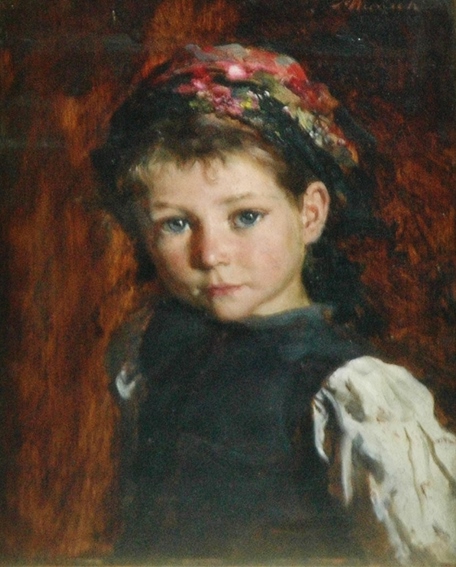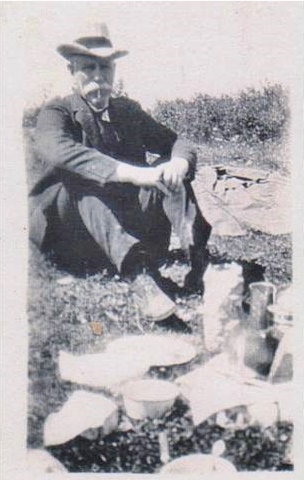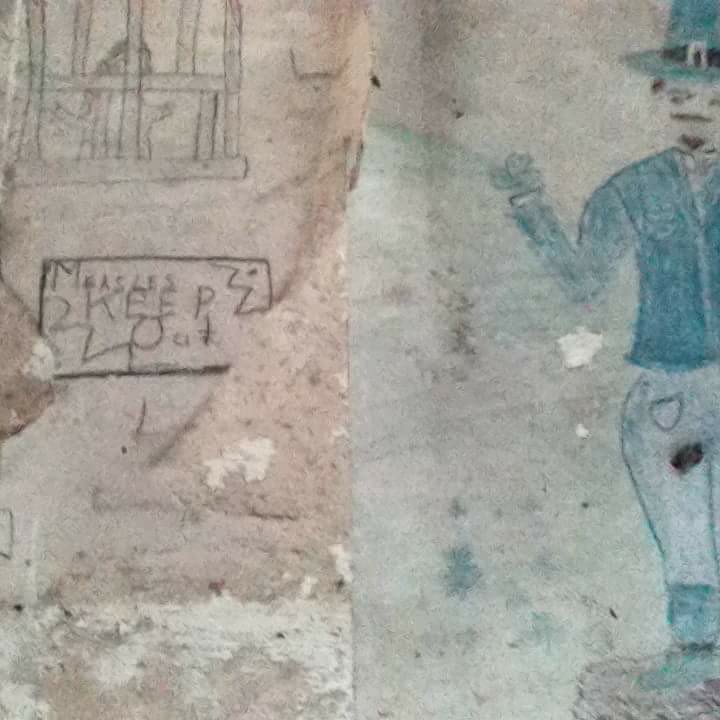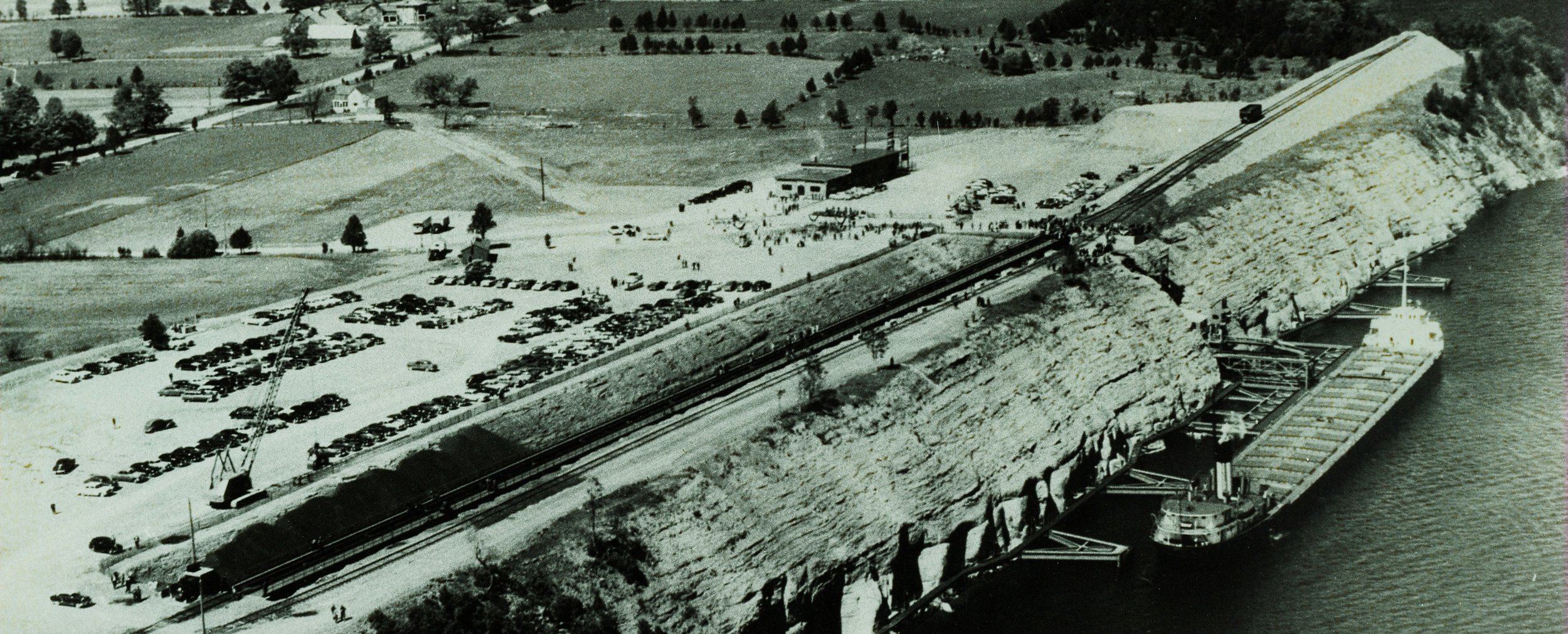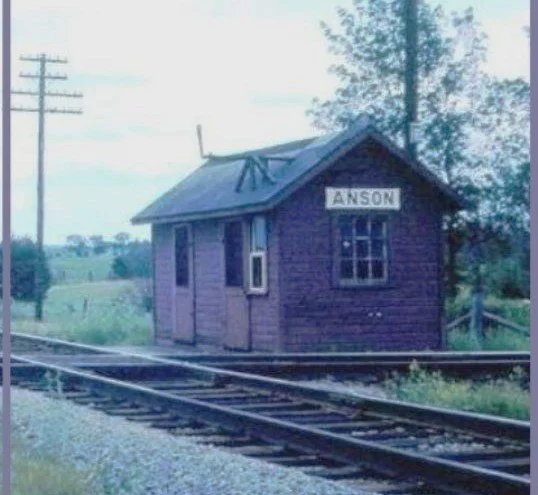Famous Actor Influenced by Marmora
/Rauff de Ryther Duan Acklom, known professionally as David Manners, was an actor born in Halifax, Nova Scotia on 30 April 1902, the son of British parents, Lillian Manners (of Royal descent) and writer George Moreby Acklom.
According to his obituary, after graduation, David's jobs included foreman of a lumber camp. It has been said that he gained his lumber experience with the Pearce Lumber Company in Marmora , while enjoying vacations at Crowe Lake.
Manners originally studied forestry in 1919 at the University of Toronto, but he found it boring. There, he furthered his interest in theatre by joining the University's Little Theatre at Hart House. Over his father's objections, he pursued a stage career and appeared in both Broadway and out-of-town productions. He went to Hollywood at the beginning of the talking films revolution after studying acting with Eva Le Gallienne, even though she had remarked that he was "a very bad actor" after seeing one of his stage performances. He adopted the stage name David Manners (Manners being his mother’s maiden name) because it was easier for audiences to remember than his own name, and fit on posters better.
Under Running Laughter(1943), was a best-seller.
After the success of the film, "Dracula", Manners worked for several years as a romantic leading man, and was most often seen in a tuxedo in romantic comedies and light dramas. A lack of interest had Manners eventually abandoning films in 1936 and returning sporadically to the theater.
Most of his later years were spent painting and writing novels, one of which was entitled "Under Running Laughter. The story concerns a young woman, Brook Sand, whose fortunes involve her with a strange family who are barons of a small Canadian Mill town the author named "Alexville" The parallels with Marmora and the Pearce family are obvious, and his early life as a lumberman in Marmora supplied the descriptive details he needed to write the book, with references to the Royal Hotel, Mill Street, various stores and even Belleville.
David Manners died in Santa Barbara, California 23 December 1998.





















